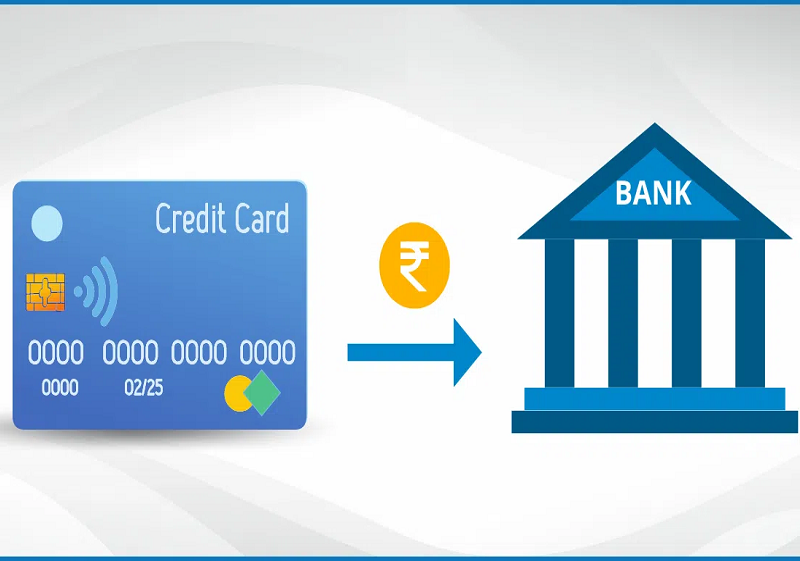For many businesses engaged in international trade, an LC (Letter of Credit) is a crucial tool to reduce risks and ensure smooth transactions. This financial instrument helps facilitate secure payments between buyers and sellers while minimising trust gaps.
In this article, we explore how businesses use LC for paymentto build and strengthen global trade relationships.
What is LC and How It Works in Trade?
A Letter of Credit (LC) is a financial guarantee issued by a bank, ensuring that a seller receives payment from a buyer once agreed conditions are met. It is widely used in trade to mitigate risks associated with unfamiliar counterparties, geographical distance, and foreign regulations.
How an LC Works:
- The buyer and seller agree on terms and use an LC for payment.
- The buyer’s bank issues the LC, ensuring payment to the seller once conditions are met.
- The seller ships the goods and submits required documents, such as a bill of lading and invoice.
- The bank verifies the documents and processes the payment.
- The buyer receives the shipment.
A transferable credit, a specific type of LC, allows the beneficiary to transfer their rights to another party, facilitating multi-party transactions in global trade.
Components of an LC
A Letter of Credit consists of several key elements:
- Applicant (Buyer): Requests the LC to assure payment to the seller.
- Beneficiary (Seller): Receives payment once LC conditions are met.
- Issuing Bank: The buyer’s bank that issues the LC and guarantees payment.
- Advising Bank: A bank in the seller’s country that communicates LC details.
- Confirming Bank (Optional): Adds an extra layer of payment assurance.
- Documents Required: Typically includes an invoice, bill of lading, certificate of origin, and insurance documents.
A transferable letter of credit allows the original beneficiary to pass the payment rights to another supplier, making it highly beneficial for intermediaries in international trade.
When to Use a Transferable Letter of Credit
A transferable letter of credit is particularly useful for businesses acting as intermediaries in global trade. It allows the primary beneficiary to transfer the payment rights to a secondary supplier, making it ideal for large supply chains and subcontracting arrangements.
Key Situations for Using a Transferable Credit:
- Trading Companies: Businesses that buy goods from manufacturers and resell them to international buyers can use a transferable credit to facilitate smooth transactions.
- Multi-Supplier Deals: When multiple suppliers contribute to a single shipment, a transferable letter of credit ensures each party gets paid as per the agreement.
- Contract-Based Transactions: Companies fulfilling large contracts often use LC for payment to secure funds while distributing payments among subcontractors.
Choosing a Business Account for LC Transactions: Features, Fees, and Processing Time
Selecting the right business account for LC transactions is essential for efficiency and cost-effectiveness.
Key Features to Consider:
- International payment support
- Efficient LC processing
Fees to Consider:
- Issuance charges: Typically range from a small percentage to a few percent of the transaction value.
- Amendment fees: Vary based on modifications made to the LC.
- Other banking charges: Depend on the institution and transaction type.
Processing Timelines:
- LC issuance: Usually takes a few days.
- LC settlement: Can take up to a week, depending on the transaction.
For businesses engaged in frequent trade, a well-structured account with transparent pricing and multi-currency options helps streamline transactions.
What are the Different Types of LC?
There are Different types of LCs offer varying levels of flexibility:
- Confirmed LCs: Backed by a second bank for additional security.
- Unconfirmed LCs: Rely solely on the issuing bank’s guarantee.
- Revocable LCs: Can be modified or cancelled without prior notice, making them less secure.
- Irrevocable LCs: Cannot be changed without all parties’ consent, providing greater certainty.
- Standby LCs: Serve as a fallback guarantee in case of default.
Compared to open accounts, where the buyer pays later, or cash-in-advance methods, where the buyer pays upfront, LCs offer more protection but come with higher costs and administrative requirements.
Key Challenges and How to Avoid Pitfalls in LC Transactions
Common Issues in LC Transactions:
- Document discrepancies leading to delays or rejection.
- High fees increasing transaction costs.
- Processing delays affecting business cash flow.
- Fraud risks due to unfamiliar counterparties.
How to Mitigate These Risks:
- Verify all LC terms carefully before proceeding.
- Use digital tracking tools for better oversight.
- Check the credibility of involved parties and banks.
- Seek expert guidance and maintain clear communication with financial institutions.
By implementing these measures, businesses can minimise risks and maximise the efficiency of LC transactions.
Conclusion
LCs provide secure trade, balancing risk and trust. The right account and LC type enhance efficiency, despite associated fees and complexities. Addressing challenges through careful planning ensures businesses can confidently leverage LCs for global success. With proper documentation and reliable banking partners, companies can streamline transactions and reduce delays. A well-structured LC strategy strengthens financial security while supporting seamless international trade.

